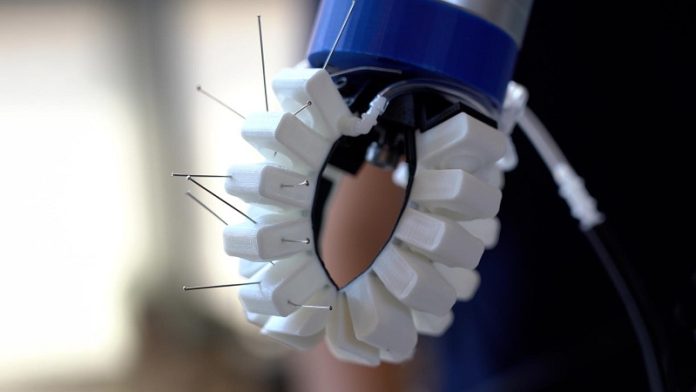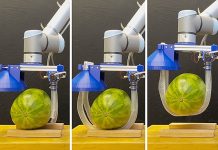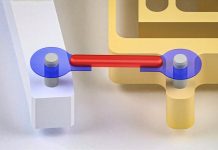
What if the simple push-and-pop action of a fidget toy could lead to the next generation of robots?
At Purdue University, researchers are showing that it can.
By using the same “pop” mechanics that make fidget poppers so satisfying, they are designing robots that don’t need computers, batteries, or complex electronics to function.
Instead, they rely on the physical properties of special dome-shaped structures.
The principle behind these toys is called bistability. Each dome can rest in two stable positions—popped in or popped out—without using extra energy.
This idea exists in nature too. Earwigs, for example, unfold their wings with a snap using bistable mechanisms, and Venus flytraps close their leaves in the same way.
Inspired by these examples, Professor Andres Arrieta and his team at Purdue are developing programmable materials that can store energy and perform tasks using similar physics.
The researchers have taken this concept further by introducing metastability.
Unlike bistable domes that stay in place, metastable domes remain in a temporary state before snapping back automatically. This time-dependent response lets engineers pre-program actions directly into the material’s structure, without relying on software.
To build these systems, the team 3D-prints domes from a flexible material called thermoplastic polyurethane. By adjusting the shape and spacing of the domes, they can control how far they move when actuated with air pressure, as well as how long they stay in a metastable state.
The results are surprisingly powerful. Doctoral researcher Juan Osorio and his team created two soft robots to showcase the technology: a gripper and a walker.
The gripper robot can sense the size and weight of an object without using electronic sensors. It tries to grab the item with one set of domes.
If that doesn’t work, it uses more domes, and from the geometry alone it can determine how big the object is. After a set time, the metastable domes snap back, automatically releasing the object.
The walker robot works in a similar way, with bistable and metastable domes arranged at different angles in its legs. By activating them in a sequence, the robot can walk forward or even turn, all without a computer sending commands.
One striking feature of these robots is their durability. In tests, the researchers intentionally damaged the gripper domes by stabbing them with needles. Even with punctures that weakened the air system, the robot continued to function because its behavior was built into its physical structure.
The long-term vision is to build robots that can work in extreme environments where electronics fail—such as space, nuclear reactors, or deep underwater.
By letting physics do the programming, these “fidget-inspired” robots could open a path to safer, more reliable machines that don’t need complex electronics to get the job done.



